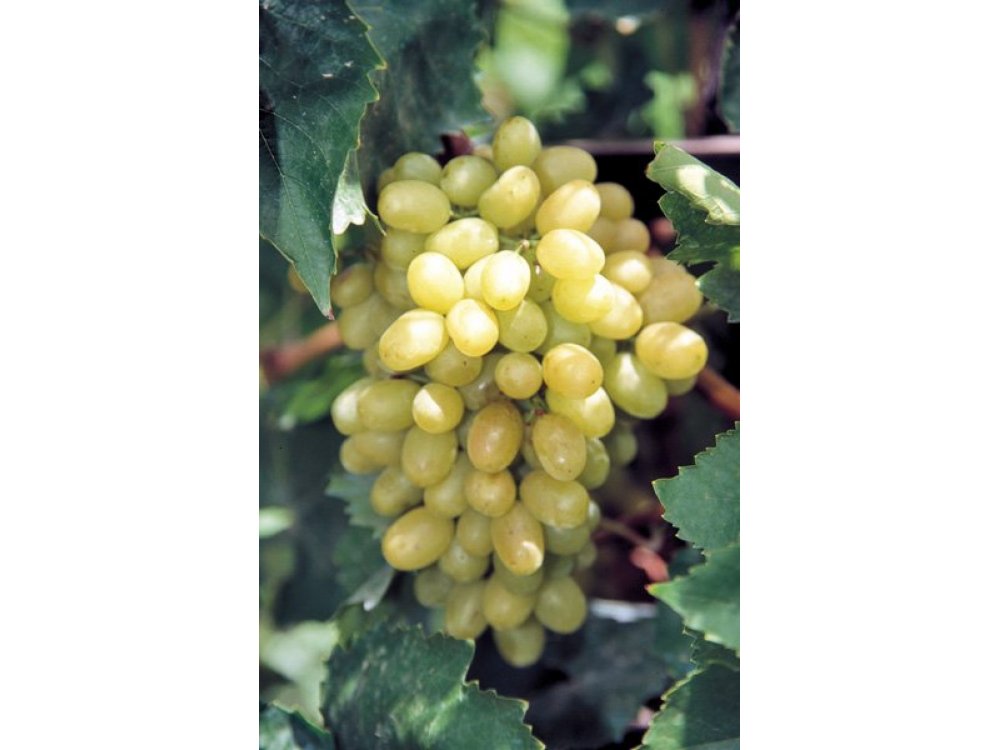Product description
Table seedless white. Sultanina: viticultural and cultivation characteristics One of the best varieties of table and not only grapes is the Greek Sultanina. Its main commercial characteristic is the absence of gigarts (cocoons), without neglecting its excellent organoleptic properties. The performance and quality of the Sultanina variety is ensured when the vine grower knows well the behavior and the cultivation requirements of his vines.
The Sultanina grape variety bears fruit from hermaphrodite and self-fertile flowers, so it does not need pollination from another grape variety. Its grapes are large and relatively dense, while the color of the rail ranges from white to golden. The flesh of the rail is somewhat crunchy, very flavorful, and as mentioned above, seedless.
As a stem, Sultanina is considered a productive and vigorous variety, producing 1-2 bunches per fruiting shoot. The strict peaking that takes place in some regions of the country (e.g. Crete) leads to a second wave of production, not negligible. The yield of the variety depends on the cultivation conditions, the intensity of the care, the age and the shape we give to the stump. The yield range is between 1000 kg/ha for cup-shaped and up to 4000 kg for linear, along with applications of growth substances.
The Sultanina variety is pruned into a cup shape, gram-shaped (e.g. Royat) and crevatina. The correct fruiting pruning is long (4-6 eyes) or mixed because the buds at the base of the vine are usually unproductive, while from the third eye onwards the vine is expected to bear fruit. Pruning for formation and fruiting
The most ideal soil for excellent quality is medium texture, while heavy and wet or shallow and dry soils are unsuitable. The percentage of organic matter (2%-3%) and the pH (6.5-7.5) also play an important role. Finally, the content of active calcium also determines the substrate to be used.
Regarding the aerial environment, the main influence is exerted by temperature. Sultanina is a variety that needs sun and elevated temperatures during flowering, while the relative humidity must be low in the summer when the grapes ripen. Cultivation at high altitudes and low temperatures cause damage to the stumps.


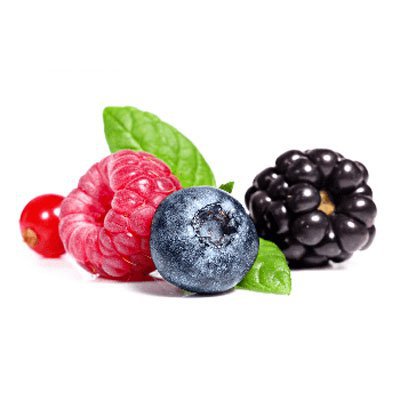
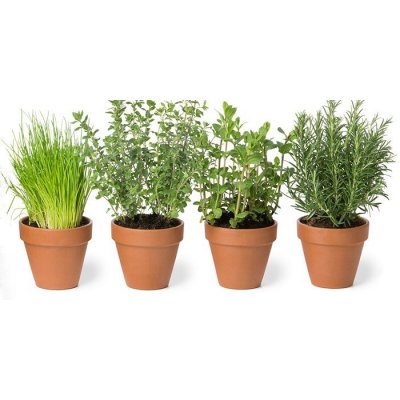
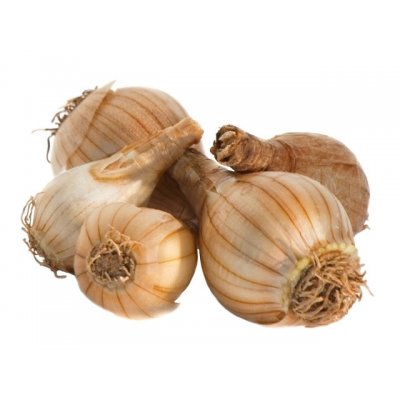
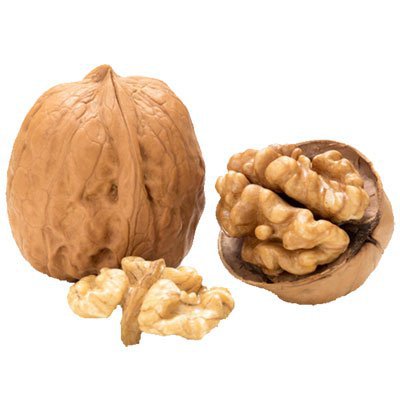
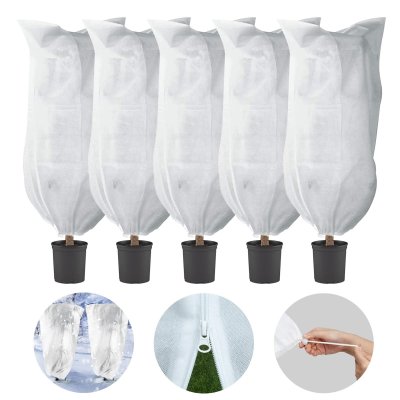
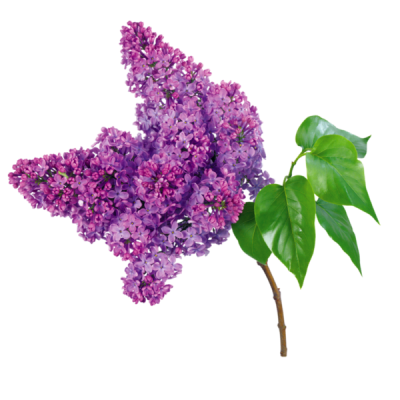
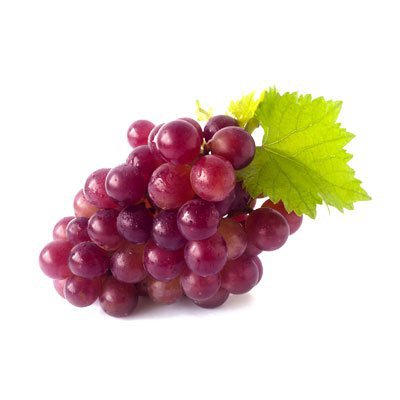
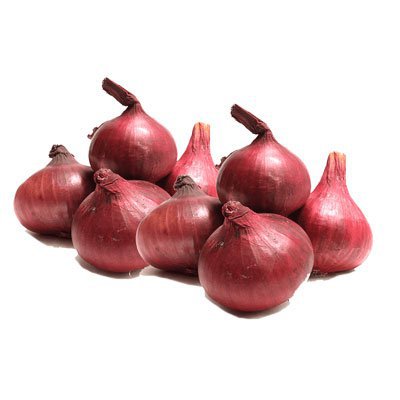
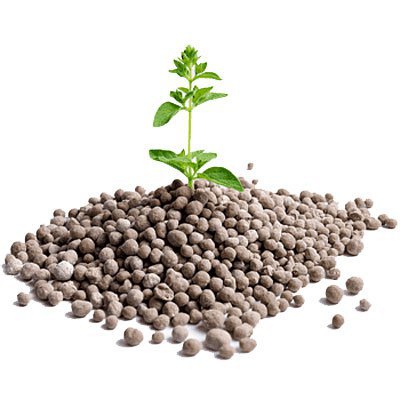
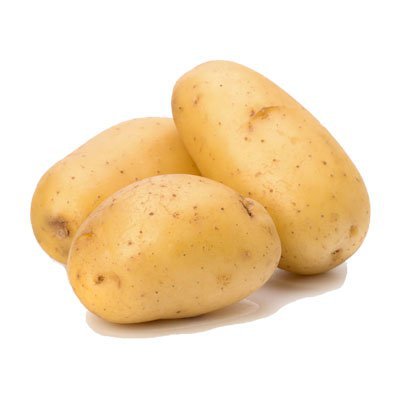
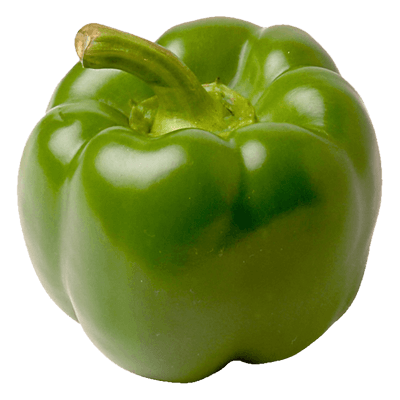
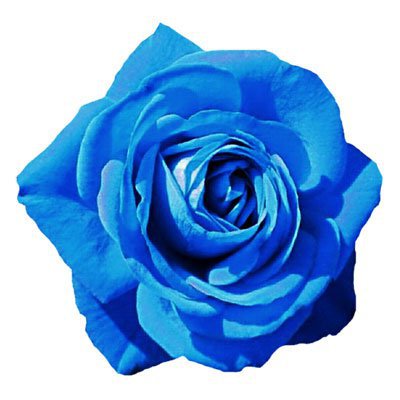

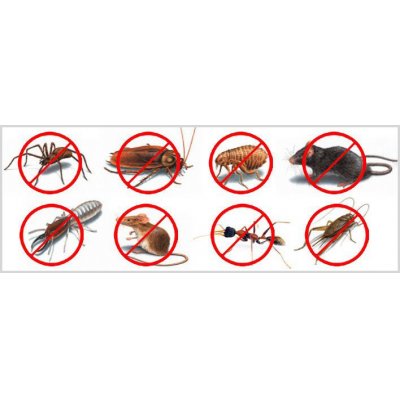
 Forest Fruit Plants
Forest Fruit Plants Spice Herbs Medicinal seeds
Spice Herbs Medicinal seeds Bulbs
Bulbs Fruit Trees
Fruit Trees Garden Materials
Garden Materials Ornamental Plants
Ornamental Plants Grapevine Plants
Grapevine Plants Onion Set
Onion Set Fertilizers
Fertilizers Potato seed
Potato seed Seeds
Seeds Roses
Roses Tropical Plants
Tropical Plants Home Pesticides
Home Pesticides